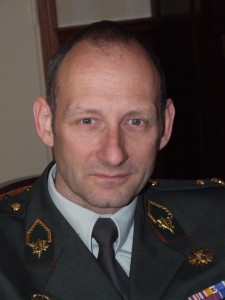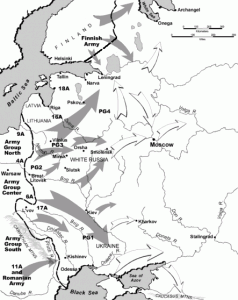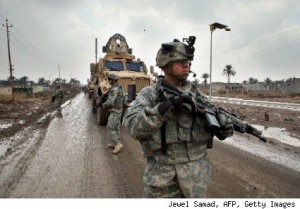
Phi Beta Iota: Chuck Spinney's flagging of the below piece supports the point we were making with the post on dynamic planning. For fifty years the USA has been throwing its weight around on the basis of partisan, ideological, and often illegimiate purposes, and it has been able to get a way with it because in an Industrial Era, might does make right. We are no longer in an Industrial Era. We've entered an era in which information asymmetries are being extinguished, while power asymmetries are emergent–demographic power trumps everything else when you get right down to it. This entire web site makes that point in the aggregate. On a sidenote, Kashmir is about water but no one seems to acknowledge that. Water is one of the things we are going to have to figure out how to do in a non-zero fashion. Hence, for the USA to dig itself a grave in Central Asia without giving any thought to the ten high-level threats to humanity as a whole, and the twelve policies, and the eigth demographic challengers, and to calculate a non-zero course through this maze, is nothing more than idiocy on steriods.

The Afghan Triangle: Kashmir, India, Pakistan
Graham Usher
Graham Usher is a writer and journalist based in Pakistan and a contributing editor of Middle East Report.
For the last 61 years the fight has been fought, mostly, in and for Indian-occupied Kashmir (IoK): the territory Delhi and Islamabad have contested since the 1947 partition cleaved them into two states—and Kashmir into “Pakistani” and “Indian” parts. Sometimes (1947, 1965, 1971, 1999) the war has been hot. More often it has been waged via Pakistani proxies against a standing Indian military. Since 1989, it has been channeled through a low-intensity, Pakistan-backed separatist-Islamist insurgency that has killed 50,000 people and incurred an Indian military occupation three times the size of America’s in Iraq and three times as lethal.
See also:









